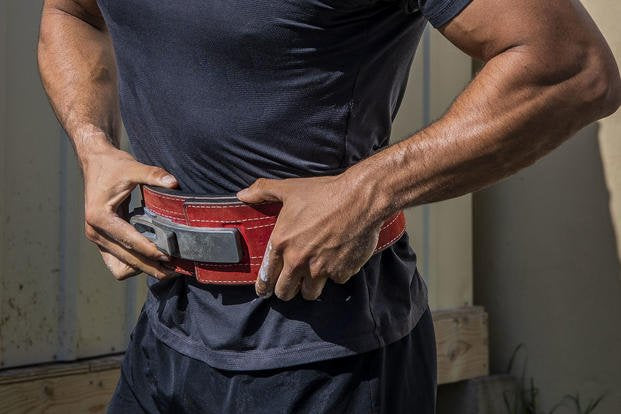When it comes to strength and conditioning training, supportive equipment can be a game-changer. Whether you're a seasoned lifter or just starting out, the right gear can help enhance your performance, prevent injuries, and provide support where you need it most. Let's delve into the most common types of supportive equipment commonly used in the realm of strength and conditioning, along with their respective pros and cons:
1. Weightlifting Belts:
- Pros: Provide core stability and reduce stress on the lower back during heavy lifts. Can increase intra-abdominal pressure, aiding in better force transmission.
- Cons: Overreliance on belts may weaken the core muscles over time. Improper usage can lead to dependency and hinder natural bracing mechanisms.
2. Knee Sleeves:
- Pros: Offer compression and warmth to the knees, promoting blood flow and reducing the risk of injury. Provide support during squats, lunges, and other lower body exercises.
- Cons: Excessive reliance on knee sleeves may mask underlying weaknesses or mobility issues. Prolonged use without addressing the root cause may lead to decreased joint stability.
3. Wrist Wraps:
- Pros: Stabilize the wrists, particularly during pressing movements like bench press and overhead press. Help alleviate wrist discomfort and prevent hyperextension.
- Cons: Continuous use of wrist wraps may compromise wrist mobility and grip strength. Dependency on wraps may hinder the development of wrist stability and proprioception.
4. Lifting Straps:
- Pros: Assist in maintaining grip during heavy pulling exercises such as deadlifts and rows. Allow for increased training volume and overload of targeted muscle groups.
- Cons: Overuse of lifting straps may lead to grip strength stagnation. Dependency on straps may result in neglect of forearm and grip training, which are essential for overall strength development.
5. Elbow Sleeves:
- Pros: Provide compression and warmth to the elbows, reducing pain and inflammation during pressing and pulling exercises. Aid in injury prevention and rehabilitation.
- Cons: Prolonged reliance on elbow sleeves may mask underlying issues such as poor technique or muscle imbalances. Inadequate attention to addressing the root cause may exacerbate elbow problems in the long run.
6. Knee Wraps:
- Pros: Offer support and stability to the knees during heavy squatting movements. Increase rebound effect at the bottom of the squat, potentially aiding in lifting heavier weights.
- Cons:Improperly wrapped knee wraps may restrict blood flow and range of motion, leading to discomfort and potential injury. Overreliance on knee wraps may result in neglect of addressing mobility and strength imbalances around the knee joint.
In conclusion, while supportive equipment can be invaluable tools in the pursuit of strength and conditioning goals, it's essential to use them judiciously and in conjunction with proper technique, mobility work, and strength training. Striking a balance between utilizing supportive gear for injury prevention and avoiding dependency is key to maximizing performance and long-term health in the realm of strength and conditioning.

